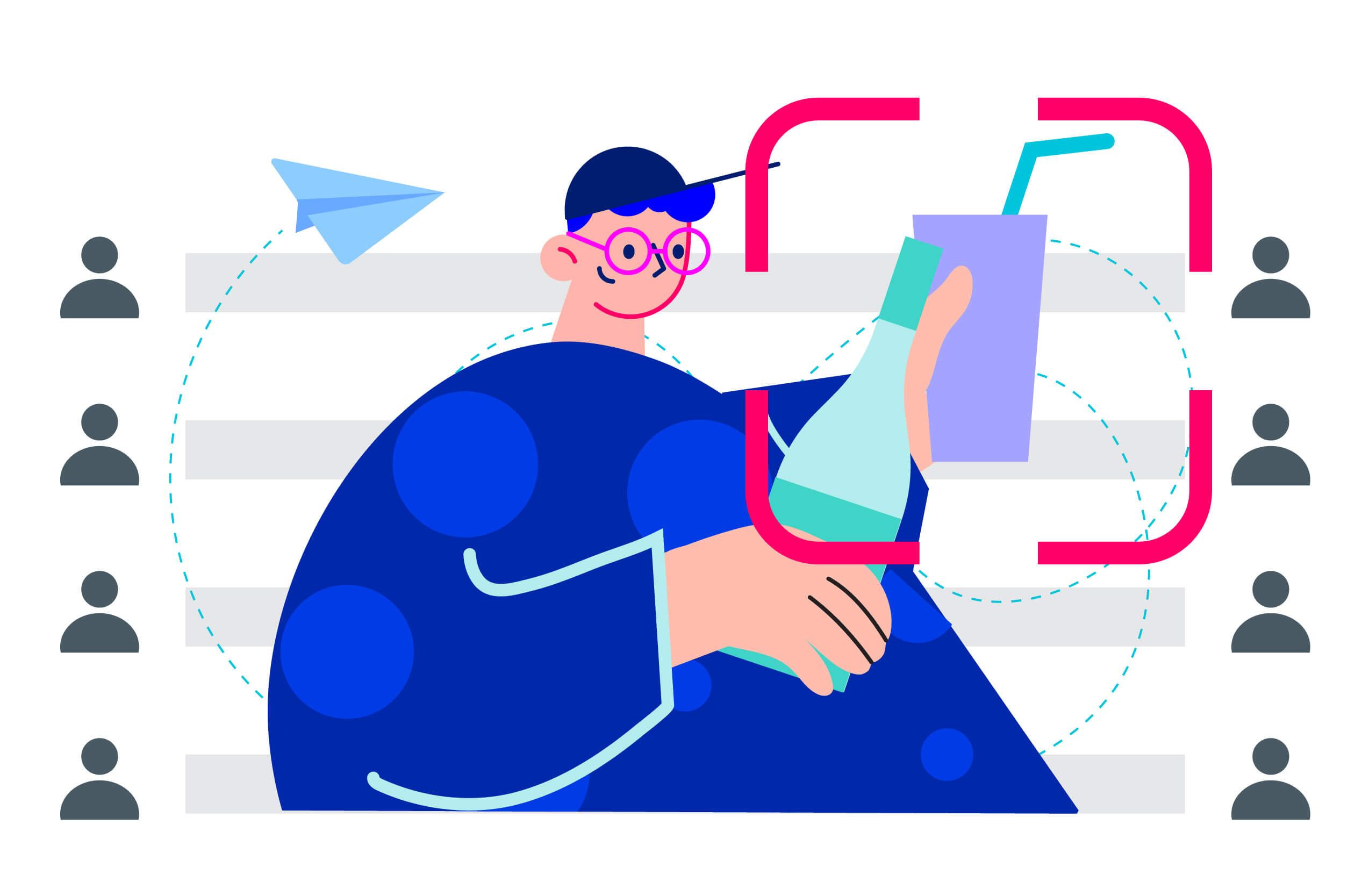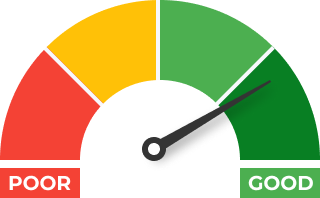As technology grows in leaps and bounds, so has its application in various industries across the country.
The bar and restaurant industry is one industry that has been steadily reaping the benefits of new automation technologies developed in recent times. Almost every aspect of running a restaurant can now be made easy with various software and platforms, from inventory to workforce management.
Here are only some reasons why automation is an essential addition to your bar or restaurant establishment.
- Improves efficiency. The principal value proposition of most automation software or platform is to improve the efficiency of your operations. Many aspects benefit from the incredible automation capabilities, such as reservation, payment systems, inventory management, marketing, and more.
- Increases information access. Automation and software allow easier access to critical workplace information and systems. For example, automating workforce schedules lets your employees access the platform directly and be informed of their week’s hours and tasks.
- Increasingly accessible. A few short years ago, specialized software also needed specialized hardware to access. Today, automation software can be accessed through standard devices such as smartphones, tablets, and desktop computers. The popularity also means that prices are becoming more competitive.
6 Benefits of Automation For Your Restaurant
As we can see, various automation software have pretty attractive value propositions of efficiency and access. This means that there are many areas where automation can be applied in your establishments.
1. Improves the efficiency of bar and restaurant operations
Various automation tools improve the efficiency of your restaurant operations, allowing you to perform routine tasks with speed and accuracy that are difficult to match with human expertise.
An example of this is inventory management software, such as Upserve, Toast, and Glimpse Inventory.
Various restaurant tools allow the management to improve inventory operations by tracking all the restaurant’s assets at the start of the day and then cross-referencing them with the pre-inputted recipes of the items sold.
For instance, let’s consider a cocktail sale. Once the cocktail rings as sold, the software will automatically deduct the amount of ingredients in the recipe from your inventory. This means you won’t have to manually trace every ingredient deduction from your inventory and potentially make mistakes.
2. Lessens the burden on employees
Automation platforms are usually used for low-level routine tasks that are time and resource-intensive but essential for your daily operations.
An excellent example of this would be inventory-taking, which used to be conducted through visual examinations of each stock with the help of a pen, paper, and maybe a spreadsheet.
Inventory-taking doesn’t need high-level skill to conduct but is nevertheless essential for the health of your operations.
Another example is order-taking. Before the availability of digital ordering kiosks and self-serving beer taps, individual employees man the cashier and take the customer’s orders. Manual order-taking is a big resource drain, and ordering automation lessens work for employees by a lot, among other noted benefits.
When necessary yet low-skilled and routine work is eliminated from your employee’s schedule, you can avoid overworking and overscheduling, plus they have more time to improve their craft.
Lessening the burden on your employees increases their job satisfaction and is one of the factors that drastically improves employee performance.
3. Minimizes human error
Human error used to be a normal part of running a restaurant. Some of the most common errors exist today, such as the following:
- Inaccurate inventory
- Front and back of house miscommunications
- Lack of customer information
- Unreliable reservation and pick-up systems
- Missing figures during resource accounting
- Employee theft
These errors occur primarily in everyday, routine operations, but the consequences can be severe for your restaurant establishment.
By eliminating as much human error as you can, you are setting your business up to automatically be more successful.
Fortunately, automating your restaurant systems minimizes human error and helps greatly in loss prevention.
For instance, when orders are automated, the front and back of the house don’t have to go through a human medium to communicate the order. This reduces the likelihood of getting an order wrong.
One of the best examples of software that can reduce human error and employee theft is Glimpse. Glimpse analyzes video images that are time-stamped to match with your POS, identifying where your business’s highest risk of lost revenue is.
Glimpse also provides an excellent platform to identify human errors and improve the revenue management of your establishment. By taking action on the reports provided by Glimpse, you can change your operating procedures and employee management to fix the identified problem areas.
4. Enhances establishment security
The security of your bars and restaurants should be one of your primary concerns.
High-traffic and dimly-lit areas like bars are always prone to petty theft, especially if the neighborhood isn’t the most pleasant. Restaurants, too, can be a target if security is incredibly lax.
Bars and restaurants can also suffer from employee theft. Research has revealed data showing annual losses due to this reason can range up to $400 billion and can even be the reason for up to 50% of small business failures in this industry.
Automation can help you improve your bar and restaurant’s security.
The Glimpse software integrates with your existing surveillance system to detect all drinks served and improve compliance, so that all items sold are being accounted for. This is done through AI that can analyze the video footage and catalog all types of drinks. As a result, you will receive daily reports of all items that were not rung up, given-away or spillage for example, with an image trail to troubleshoot the where, when, who and what .
5. Enriches customer experience
Customer experience is a primary concern in today’s various industries.
This factor is becoming all the more critical with the advent of social media and the type of viral content they bring. One careless mistake and your brand name’s new bad reputation can blaze across the internet.
When you automate some of your restaurant processes, you’re giving the best possible experience to the customers.
You’re not the only one affected by efficiency, errors, and security – to name a few. Automation eliminates a lot of the pain points that can reduce customer experience, such as the following:
- Streamlined customer journey from ordering their food to receiving their order on their table
- Easier reservation systems guarantee them a spot at certain peak hours
- Better establishment security lets customers relax and enjoy your experience
These are just a small sample of the various customer journeys that you can help with properly implementing an automated system.
6. Improves your bottom line
Your restaurant’s bottom line is affected by multiple factors: customer experience, operational efficiency, food costs, waste, and more. Automation touches all of these factors through its different applications and dramatically improves their performance, giving you a positive impact on your bottom line.
Most automation systems aren’t cheap, though, especially if you consider subscription-based services that charge you monthly for using their systems.
This means that you will have to balance your gains from a better operational capacity with the costs of onboarding your establishment to that particular software or platform. For the long term, though, the economic viability of automation systems in your bar and restaurant is still undeniable.
5 Best Practices When Using Automation
Automating operations in your bar and restaurant is a powerful way to gain an edge over competitors and improve your bottom line. Still, it will all come to nothing if you’re not implementing it correctly.
This section will discuss the best practices you should have when implementing automation in your establishments.
1. Be aware of your needs
Before you even pick what automation software you want to have in your restaurant, you first need to know your needs. This means that you need to be intimately aware of your restaurant’s daily operations – and if you don’t, you need to consult those who do.
So many restaurant managers or owners make the mistake of onboarding new technology just because of the novelty, without considering how it will affect everything else.
As you may expect, those endeavors rarely last long.
Automation services aren’t free, and most require a steady influx of financial resources to ensure continued access. Thus, be highly selective and only bring in automation where it’s highly needed.
If you can, have a strategy session with representatives from every aspect of your establishment (front of house, back of house, managerial) and take inputs from all sides.
2. Pick your automation service carefully
There are plenty of automation platforms in the market, all with advantages and disadvantages.
As a good restaurant manager, you need to maximize your resources, which means getting the best features for your restaurant’s needs at the lowest possible price.
This may seem like a tall order, but don’t worry. There are dozens of products to choose from in each category.
When deciding on any automation software, make sure that you answer all these questions.
- What features do you need?
- How much is your budget?
- How sure are you that these products function as advertised?
- What customer service avenues does it have?
- How easy is it to learn?
3. Leave key positions to human employees
Automation platforms are awesome for repetitive low-skilled tasks in the restaurant, but they have one fundamental failing: this software can’t process and execute complex situations.
This failing necessitates that you always have a human administrator working with your platform. Your employees can quickly notice if there’s something wrong with your venue and can immediately intervene to fix the bugs.
Similarly, your human employees might be called upon in situations outside of the automated responses.
For example, when a high-value customer wants to know the exact ingredients of a dish because of dietary restrictions, your human employee should know your products and be able to give sound advice.
Thus, human employees are best in management, oversight, wait staff, customer-facing jobs, and others.
4. Make allowances for onboarding periods
Just because you’ve subscribed to new automation software doesn’t mean you’ll have instant success.
Most of the time, your employees will need to take some time to get used to the new software and workflow. They might even suffer a dip in productivity, as operations can slow down or even halt if your employees aren’t adequately onboarded to your software.
Proper onboarding techniques are necessary for this step. Follow these five steps to introduce your new automation software to your team correctly.
- Communicate the importance of the new software by clearly outlining the issues that it intends to improve or fix.
- Decide on a key performance indicator that will measure the performance of that software platform.
- Assign someone in your team to act as an internal expert for all things about the software.
- Set a clear timeline and goals for a soft rollout. The soft rollout will be your trial period for the software, noting any pain points in the implementation and accounting for minimized productivity.
- Set a schedule and conduct continuous training to use the software until your staff is fully integrated.
5. Use your new resources wisely
Once you’ve successfully rolled out your new automation tools and ironed out all the kinks, you might find yourself with plenty of extra time and resources, allowing you to service more customers and bring in more revenue.
That said, now that your automation platforms seem to be bearing fruit, don’t be hasty and start letting go of your employees.
The bar and restaurant industry is currently undergoing a massive labor shortage, which is driving up hiring and retention costs.
Due to this, now would be an excellent time to improve your retention strategies by perhaps focusing on upskilling and providing a clear career path for your employees.
The Future of Automation in the Bar and Restaurant Industry
Although the various technologies are still relatively new, automation in the bar and restaurant agency is unlikely to go away. This means that restaurant owners need to adapt and take advantage of these technologies because soon, everyone – including your competitors – will be.
One of the best ways to use automation technology is by improving your security.
Glimpse uses AI camera technology that automatically detects, catalogs and verifies all drinks served over the counter in a bar, or any food served out of the kitchen. Glimpse provides daily and weekly reports to owners and managers that immediately show the who, what, where and when of potential lost revenue – think of it as the smart eye in the sky. With Glimpse, you increase compliance rates and deter infractions in your establishment as they happen.
Sounds like a bar and restaurant automation tool that you’d want to have? Schedule a demo now!









 +1 (786) 292-2373
+1 (786) 292-2373 insights@glimpsecorp.com
insights@glimpsecorp.com





